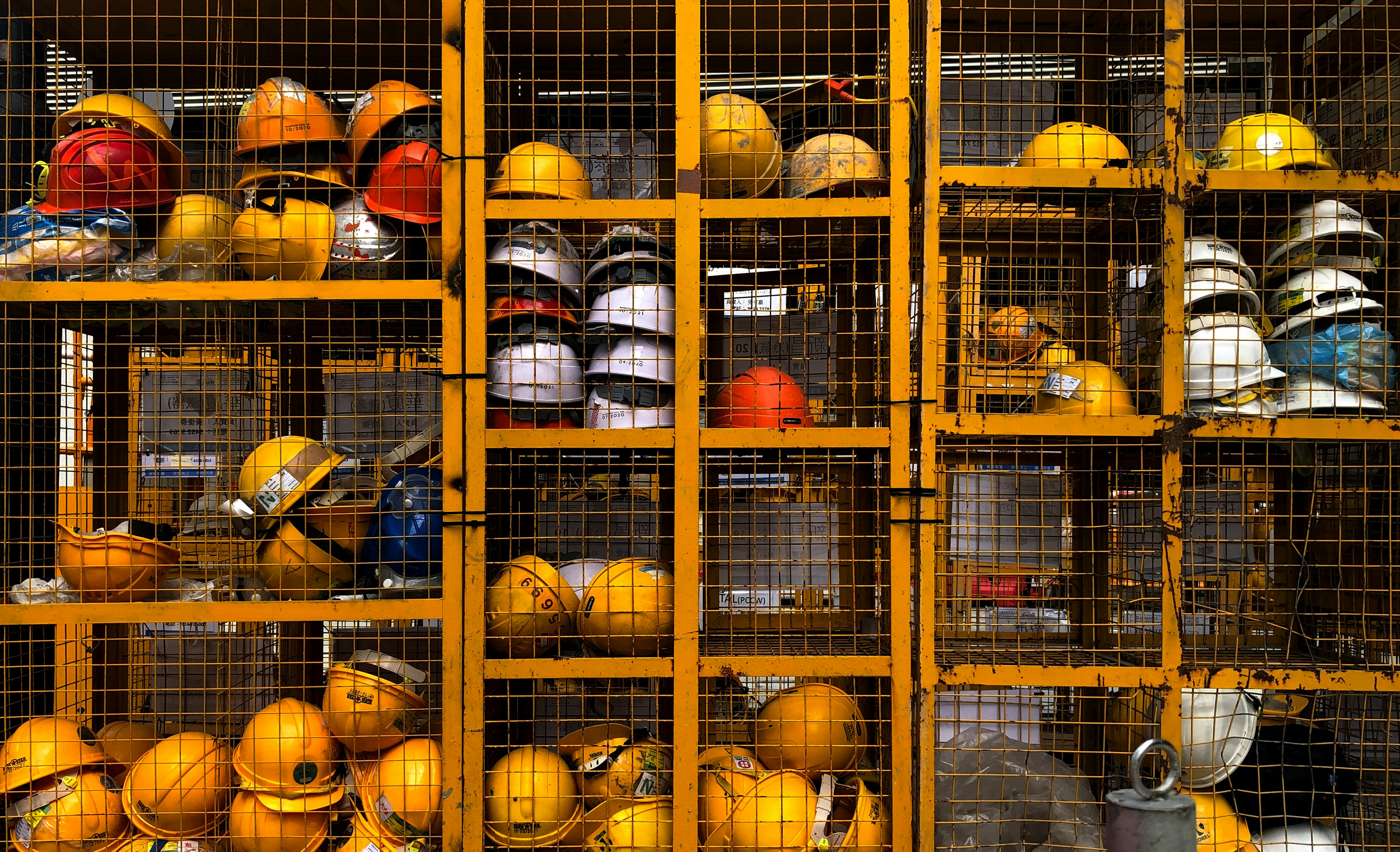What is the EU Carbon Border Adjustment Mechanism (CBAM)?
Learn about the EU Carbon Border Adjustment Mechanism (CBAM), how it works, and its impact on international trade. Understand its role in fighting carbon leakage and promoting global climate action.


Understanding the EU Carbon Border Adjustment Mechanism (CBAM)
The EU Carbon Border Adjustment Mechanism (CBAM) is a landmark policy designed to reduce carbon leakage and encourage global carbon emissions reduction. Set to be fully implemented by 2026, CBAM aims to level the playing field between European and foreign companies by applying a carbon price on imports from countries with less stringent climate policies. This mechanism is part of the European Green Deal and will significantly impact industries across Europe and globally.
By imposing a carbon tax on imports, the EU ensures that imported goods from non-EU countries face similar carbon costs to those produced within the EU. The goal is to encourage non-EU countries to adopt greener practices and ensure that European industries are not disadvantaged in global trade.
Why is CBAM important?
Fighting Carbon Leakage
One of the main goals of CBAM is to prevent carbon leakage. Carbon leakage occurs when companies relocate production to countries with less strict environmental regulations, undermining the EU’s climate efforts. CBAM seeks to address this by equalizing carbon costs for imports.
Promoting Global Climate Action
CBAM encourages countries outside the EU to adopt stronger environmental policies. By linking the price of carbon to international trade, it creates a financial incentive for non-EU countries to align with global climate agreements.
Supporting the EU Green Deal
The EU aims to become climate-neutral by 2050, and the CBAM plays a crucial role in this goal. By applying a carbon price to imported goods, the EU hopes to protect its industries while supporting its ambitious climate targets.
Financial Impact on Industries
CBAM is expected to impact industries such as steel, cement, and chemicals, which have high carbon footprints. These industries will need to adapt to the new regulations, including paying for carbon certificates for imported goods.
How does CBAM work?
- Carbon Price Application
- Under CBAM, companies importing certain goods into the EU will need to purchase carbon certificates equivalent to the carbon emitted during production in the country of origin. This ensures that the carbon cost is reflected in the price of the product.
- Covered Goods
- Initially, CBAM applies to a range of goods, including cement, electricity, fertilizers, iron, steel, and aluminum. These industries are considered high carbon-emitting, and the carbon price will be levied accordingly.
- Phased Implementation
- CBAM will be gradually introduced, with full implementation expected by 2026. During this period, there will be a transitional phase where companies will report emissions but not yet pay carbon prices.
- Compliance Requirements
- Importers will be required to report the carbon emissions associated with the goods they bring into the EU. They will need to submit emissions data and purchase certificates, which will be tracked by EU authorities. Non-compliance could lead to penalties.
What industries will Be affected by CBAM?
- Heavy Industries
- Industries such as steel, cement, chemicals, and aluminum are among the most affected, as they are carbon-intensive. CBAM aims to level the playing field for EU industries that face higher carbon costs compared to competitors from countries with weaker environmental regulations.
- Energy and Electricity
- The energy sector, particularly electricity production, will also see the effects of CBAM, especially if it relies heavily on fossil fuels.
- Agriculture and Fertilizers
- The fertilizer industry is expected to be impacted by CBAM as well, as fertilizers are often produced with high emissions.
When will CBAM be fully implemented?
- 2026 Full Implementation: By 2026, the CBAM will be fully implemented, and businesses importing goods into the EU will need to comply with the carbon pricing system. This includes purchasing carbon certificates for the carbon emissions tied to the production of imported goods.
- Phased Approach: A phased approach will be in place until 2026, with importers initially reporting carbon emissions without paying for the certificates. This gives businesses time to adjust to the new regulations.
How to prepare for CBAM?
- Understand the Scope
- Familiarize yourself with which products and industries are affected by CBAM. This includes identifying whether your goods are subject to carbon pricing and understanding the carbon footprint associated with your products.
- Carbon Reporting and Documentation
- Ensure that you have the necessary documentation to prove the carbon emissions associated with your goods. Start keeping track of the emissions data for all imported goods to avoid last-minute complications.
- Stay Updated
- Keep track of updates from EU authorities regarding CBAM implementation, as the regulations may evolve during the transitional phase.
If you want to know more about how to prepare, check out our practical blog: Hocw to navigate the Carbon Border Adjustment Mechanism (CBAM): A step-by-step guide with best practices
Conclusion
The EU Carbon Border Adjustment Mechanism (CBAM) is a significant step towards achieving global climate goals and ensuring that EU industries remain competitive. Understanding how CBAM works, who it affects, and what steps you need to take to comply will help your business prepare for the upcoming changes. As the full implementation of CBAM approaches, it's essential to stay informed and take the necessary actions to ensure compliance.
To help streamline your international shipping process and comply with CBAM requirements, we provide a practical guide on how to navigate the Carbon Border Adjustment Mechanism
If you’re importing goods into the Netherlands, learn how CBAM fits into the broader Customs Clearance Process.
Related content
Short section heading goes here
Suspendisse varius enim in eros elementum tristique.

.jpeg)
